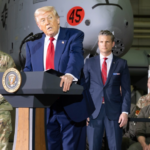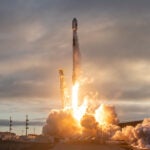
Driven by a solid showing at its aircraft making segment and a boost from pension income, Lockheed Martin [LMT] on Tuesday delivered strong fourth quarter financial results, although the outlook for 2015 is a bit subdued owing to the lingering effects of sequestration.Net income soared 85 percent to $904 million, $2.82 earnings per share (EPS) from $488 million($1.50 EPS) a year ago, benefiting from a swing to pension income and higher operating profit in the Aeronautics Segment due to risk…

 By
By 











